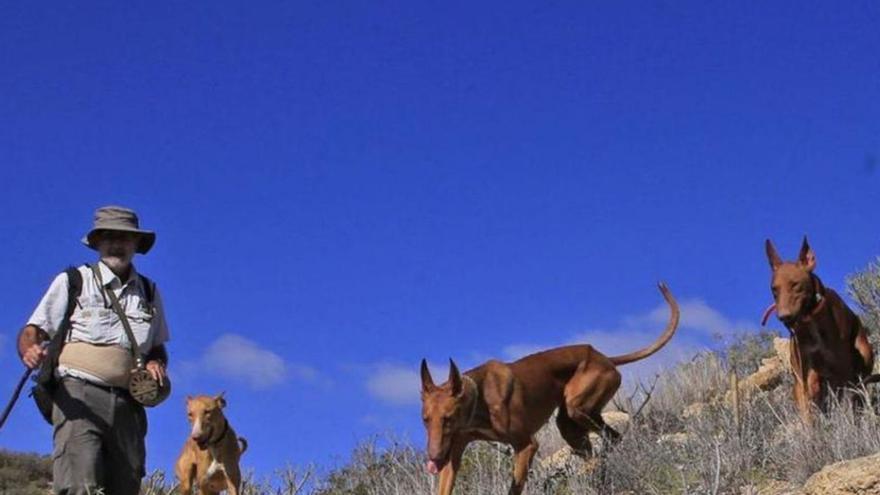
A study commissioned by the Cabildo of Tenerife determines that the rabbits that were found dead in the National Park of Teide At the beginning of last July they died from the hemorrhagic disease virus. The island advisor of Medio Natural, Blanca Pérez, points out that “we want to send a message of tranquility in the face of the videos and images published on social networks that generated alarm among the hunting sector. “The deaths occurred due to rabbit hemorrhagic disease, which is common, and not due to other causes.”
The insular area of Medio Natural, in collaboration with the University Institute of Animal Health and Food Safety (IUSA) of the University of Las Palmas de Gran Canariabegan an investigation through the Canarian Wildlife Health Surveillance Network. «The research reveals, with a very high probability – by associating pathology and identification of the virus in the rabbits analyzed – that the death of the rabbits is due to the new variant of the rabbit hemorrhagic disease virus (RHDV-2)» .
When an animal gets sick, or accumulates several diseases (viral, bacterial, parasitic, etc.), the immune systems sometimes do not respond enough to achieve survival. In most cases, viral diseases, as is the case, put the resistance capacity of rabbits to the limit. Regarding the toxicological analyses, “the final results are currently pending, but it is highly unlikely that a toxin could be the cause of the mortalities.”
In a statement, the Cabildo points out that animal corpses and skins can keep viruses potentially active for quite a long time and spread the disease to other living animals. For this reason, “it is very important to remove the carcasses of dead rabbits from the field and not translocate them clandestinely.”
To guarantee the sustainability of future wild rabbit populations on the Island, “the collaboration of all stakeholders is essential.” citizens with the administration, notifying the places where animals are found so that their correct collection and removal can be carried out. Hunter societies “can contribute to the management of populations by providing data. “Each capture should be seen as scientific data that helps maintain and improve the different wildlife populations in Tenerife.”
At the beginning of July, a dozen wild rabbits were found dead in various areas of the Teide National Park. Some specimens were sent to the University Institute of Animal Health and Food Safety (IUSA) for veterinary analysis and to determine the causes of death. Two of the rabbits developed pulmonary hemorrhages and tested positive for rabbit hemorrhagic disease virus, a genotypic variant of the classic disease. This disease has a high mortality rate and can be transmitted in various ways.
Rabbit hemorrhagic disease is a highly contagious virus with high mortality for this species of lagoforms, because immunity against the classic form of this hemorrhagic disease does not protect against this new variant, reports the Cabildo.
















